In this post, we will discuss how electricity is generated from wind energy.
There are two types of energy resources – non-renewable and .renewable. Non-renewable means that these sources will become extinct from the world after a certain amount of years; because it is limited and not endless.
Renewable energy sources mean that these sources will not become extinct as they are endless and cannot run out of source. There are many renewable energy sources available and in this post, we will look at one such energy – wind power. In this post, we will have a look at how wind energy is used to generate electricity.
Wind Energy
Wind energy generation is simpler to operate and uses the wind flow to generate electricity. Large wind turbine fans are used in areas where air flows in a rapid and large way; that is enough to move these fans due to it.
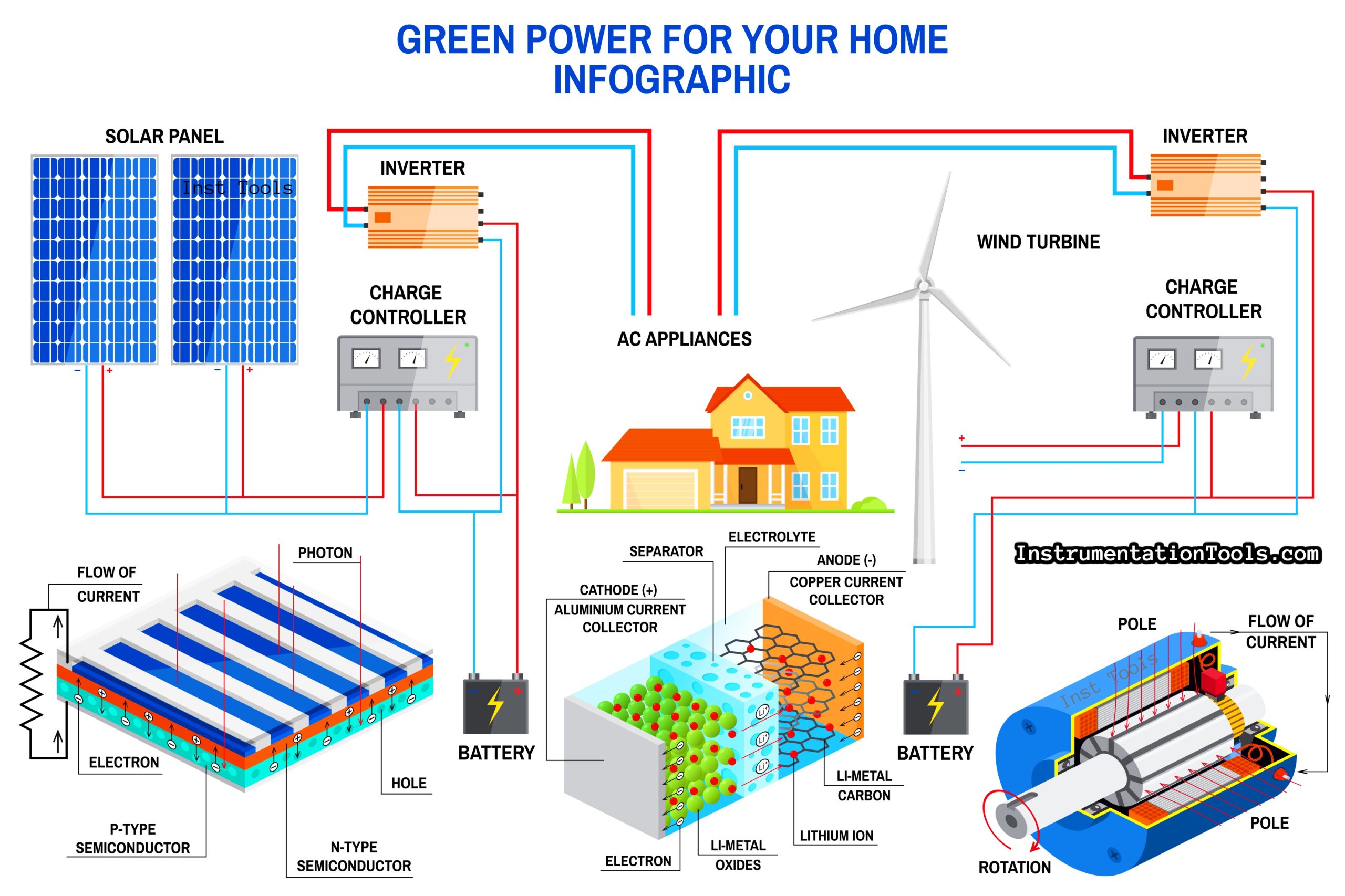
Simply, imagine your fan at the home. It runs on electricity; but if a wind of large force comes, it sometimes moves the flips of the fan through its power and without electricity. It’s not to a large extent, but it just indicates that wind or large powerful air can move the fan.
So, large fans of heights as large as a 10-floor tower are arranged in series in a large plain area or mountainous area. Wind moves the fan flips and as the fan is connected to generators, it generates electricity and is then fed to power distribution units.
Electricity Generated From Wind Energy
Let us have a detailed look into it’s working. Refer to the below image showing the basic structure of a wind turbine.
These are the primary components required to generate electricity – wind blades, rotor, low speed shaft, gearbox, high speed shaft and generator.

First of all, the direction of wind matters. Upwind turbines are moved when the wind blows in a clockwise direction and downwind turbines are moved when the wind blows in an anticlockwise direction. Now, as the wind touches the blades at high-speed, they rotate and cause the rotor to spin.
The rotation of the rotor produces torque around its axis; due to its internal interaction between windings and the magnetic field. This motion then rotates a low-speed shaft connected after it. The speed is very low and typically varies between 30-60 rpm.
As such a low speed is not enough to power a generator, high speed is required to trigger the generator motion. This high speed is converted by a gearbox after that.
The gearbox converts the speed into approximately 1000-1800 rpm. This high speed is enough for generators to generate electricity.
The high-speed shaft connected after the gearbox rotates from this speed and creates a fast motion to create mechanical energy for the generator.
The generator then converts the mechanical energy into electrical energy.
Apart from the above-mentioned components, wind turbines have secondary components too for functioning. It has an anemometer that is used to measure the speed of the wind.
This data is transferred to an internal controller; which is used to start or stop the system automatically. It starts the whole machine at low wind speeds and stops the machine at high wind speeds.
The turbines have brakes to forcefully stop the motion mechanically. The system has wind vanes to measure the direction of the wind and it is used to control the yaw drive. Yaw drive is a system that orients the turbine position according to the wind flow; that means, it rotates the whole blade assembly accordingly. It is given to provide the proper direction of wind flow to the blades.
The performance of wind turbines majorly depends on the diameter of rotor blades. In today’s times, wind energy is delivering electricity of up to 5 MW.
Wind energy is one of the most efficient renewable sources available today and has a large scope in increasing the demand for electricity.
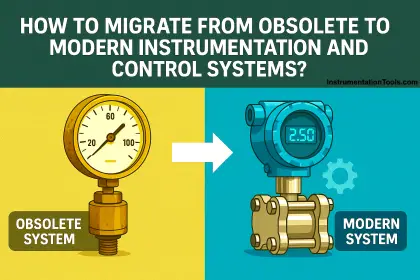

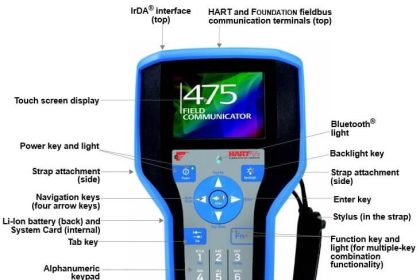

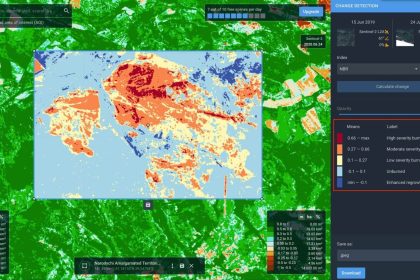
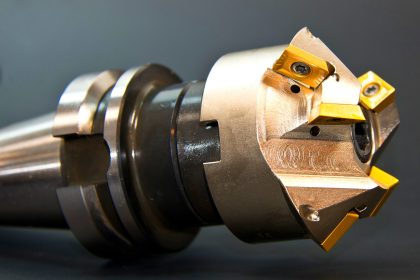
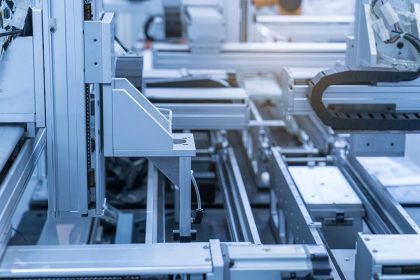
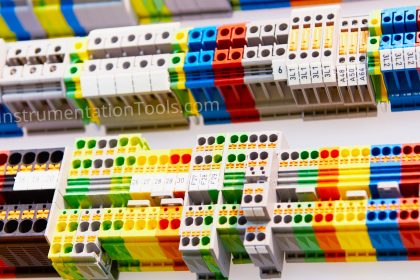


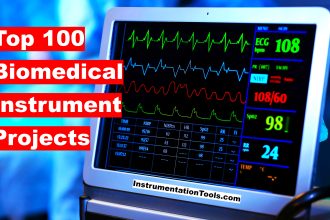
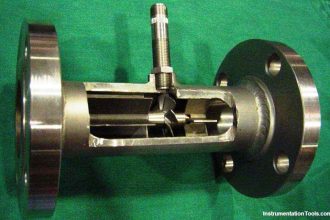
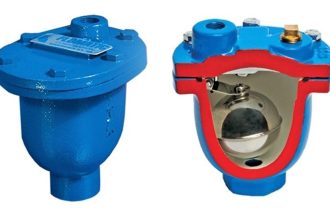
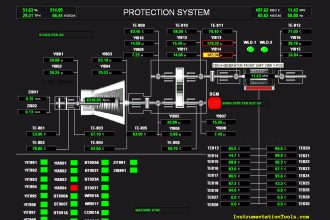
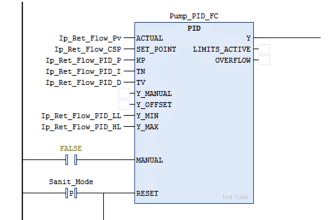
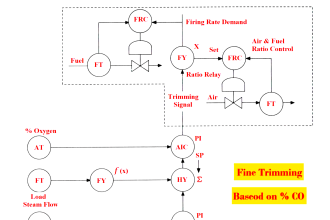

So wind generates electricity so what.. how do you use it from there.?
imagine a chip with a surface that is affected by wind, then a small package that contains the chip exposed in a tunnel and in addition a microprocessor, light sensor, and LED light. Slap the package on the wall of a vehicle, and no wires are needed. Sell it in truck stops along with all the other high-tech gadgets they spring for.
the light sensor is so you know when to direct the power generated to the LED or to the stored energy device